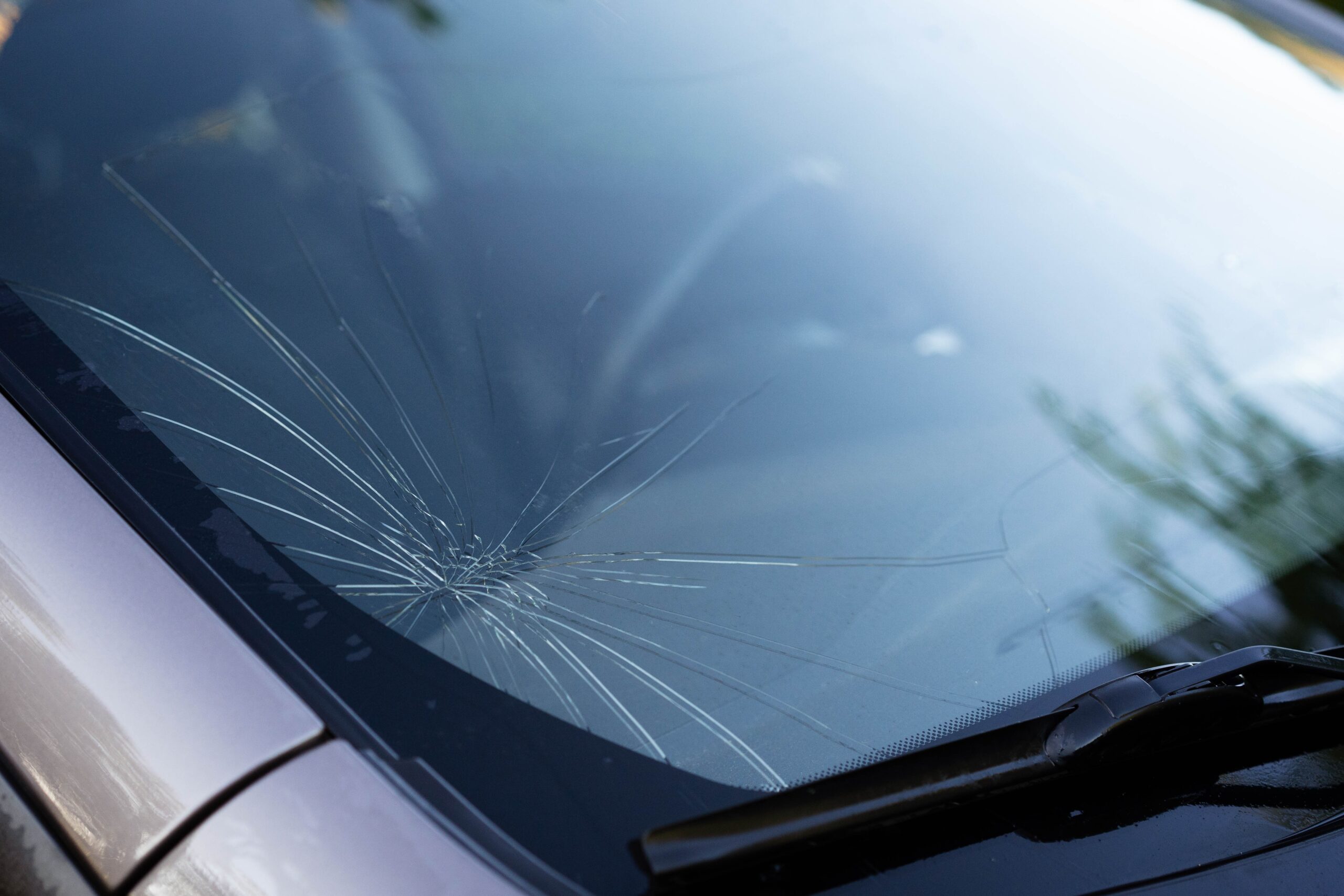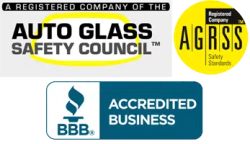Types & Causes of Windshield Cracks

Most drivers have had a crack in their windshield at some point. Some are fairly minor, but others can cause serious problems. Knowing the different types of cracks and what causes them can help you decide whether a repair or replacement is necessary. Explore how different factors in the Greater Twin Cities and Greater St. Cloud area can affect windshield damage and what steps are needed to ensure your vehicle stays roadworthy.
What to Know About Windshield Cracks
Windshield cracks aren’t just cosmetic; they can affect your car’s safety and structure. Knowing the different types of cracks helps you decide on repairs. Each crack type has specific traits and safety implications, meaning you’ll need to take different steps to fix each. Recognizing these can help you determine whether a repair or replacement is needed. Learning about common windshield cracks can better safeguard your vehicle and ensure a safe drive.
Types of Windshield Cracks
Not all windshield cracks are the same. Being able to identify the different types of cracks can help you find the right methods to fix the problem. Here are the main crack types you may encounter when your windshield is damaged:
Chip
Chips are small, circular breaks that happen when a rock or similar object hits your windshield. Untreated chips can grow into larger cracks, so fixing them promptly can save you a more extensive repair bill. Fixing a chip is generally more affordable and faster than replacing the entire windshield.
Edge Crack
Edge cracks start near the windshield’s border and can stretch over 10 inches. These cracks often result from structural weaknesses and can severely affect the windshield’s strength. They tend to spread quickly, so maintaining your windshield’s integrity will require you to repair them without delay.
Stress Crack
Stress cracks appear without direct impact, often due to sudden temperature shifts. For instance, pouring hot water on a frozen windshield can cause these straight-line cracks. To prevent them, avoid rapid temperature changes and keep your windshield well-maintained.
Bullseye
Bullseye cracks form a circular pattern, much like a dartboard’s center, usually from a direct hit by a round object like a stone. Early repair can stop these cracks from expanding, ensuring your windshield remains safe.
Causes of Windshield Cracks
Understanding what leads to windshield cracks can help you avoid them. Here are some common causes of windshield cracks to look out for:
Temperature Fluctuations
Minnesota weather can be unpredictable, and the extreme temperature changes throughout the year often cause windshield cracks. To reduce this risk, use a windshield cover or park in shaded areas to avoid sudden temperature shifts.
Road Debris
Debris, like rocks and gravel, can easily chip or crack your windshield while driving. Keeping a safe distance from other vehicles, especially trucks, and driving cautiously on gravel roads can help minimize this risk.
Improper Installation
A windshield that isn’t installed correctly is more prone to damage. Ensuring your windshield is fitted by certified professionals, such as those at Twin Cities Auto Glass, can help maintain its durability and prevent future issues.
Repair or Replace: What to Consider
Deciding whether to repair or replace a cracked windshield depends on the damage’s size, type, and location. Small chips and cracks are often repairable, while larger damage might need a full replacement. A professional will know the best solution for your crack and can help you make the best choice for your windshield.
Fix Windshield Cracks Fast for Safe Driving
Knowing the types and causes of windshield cracks is an easy way to maintain your vehicle’s safety. By identifying issues early and acting quickly, you can prevent minor damage from escalating into big problems. For professional assistance with cracked windshields or tips to prevent future damage, Twin Cities Auto Glass is here to help. Contact us today for expert guidance.
Image Credit/Shutterstock: Uryupina Nadezhda
